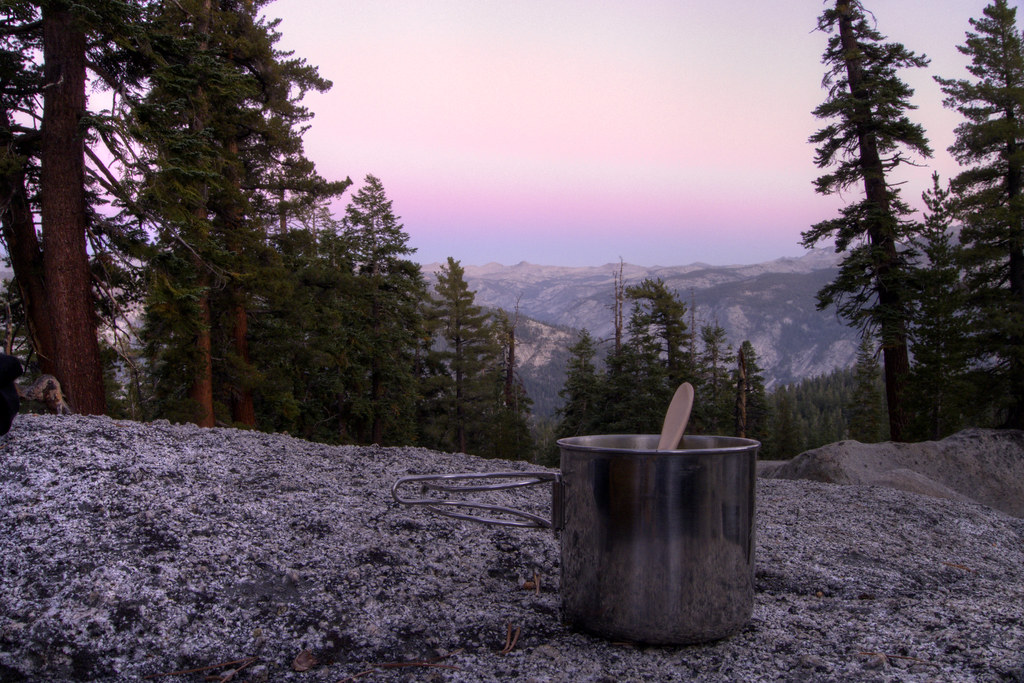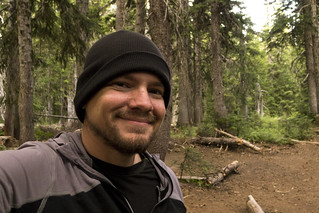Hunting Edmond Halley's Grave
The next morning, I rode a couple of miles south to the Saint Margaret of Antioch church. The Internet told me Edmond Halley, another one of my favorite figures in science history, was buried in the cemetery here.
Halley's list of accomplishments is long, but he is best known for discovering a comet that he didn't actually discover. Using his friend Isaac Newton's new laws of gravity, he determined that the comets observed in 1531, 1607, and 1682 were the same comet, so predicted its return in 1758. When it returned as predicted, this confirmed that objects other than planets orbited the sun and was a successful test of Newton's Laws.
I walked through the small cemetery looking at tombs, vaults, and ledger stones, but couldn't find his name. I saw a man working outside the church, so asked him. He told me the inscription was too worn to see anymore, so pointed it out to me across the street. I needed to go to the medieval churchyard next to the remains of the old St. Margaret's church. All that stands of the original church now is this tower, added onto the 12th century church in 1275.
All I could find was the tomb of John Pond, the sixth Astronomer Royal at the Greenwich Royal Observatory. Halley was the second Astronomer Royal, but died 25 years before John Pond was born.
The man from the church walked over to see if I found it. I told him I found John Pond's tomb.
"That's the one," he said. "They are buried together."
I found this quiet strange, being buried with a man you never met. The fourth Astronomer Royal, Nathaniel Bliss, is also buried here in an unmarked tomb.
The reason Halley's name is no longer on the tomb is because the ledger stone was moved to the Royal Observatory for display and preservation, a couple miles north.
Before I left, the man asked if I wanted a tour of the newer St. Margaret's Church, across the street, built in 1839 - 1841. Apparently it's one of the best preserved examples of a decorative Gothic revivalist interior in London, but I wouldn't know. I just know it's pretty. I'm simple.
Another man heard me getting the tour and asked if I was a fan of Victorian architecture. Of course, who isn't, but when I said I was actually on a self-guided tour of famous scientific sites in England, he seemed disappointed. He did mention that the person who did the restoration ran off with the Rector's daughter. Why can't I seem to go to church without hearing judgmental gossip about people I don't know? Anyway, they were preparing for a concert that I would have liked to stay for, but I had places to go now. I had a plan and one more stop before finally leaving London.


com-s.jpg)
com-s.jpg)
com-s.jpg)
com-s.jpg)










